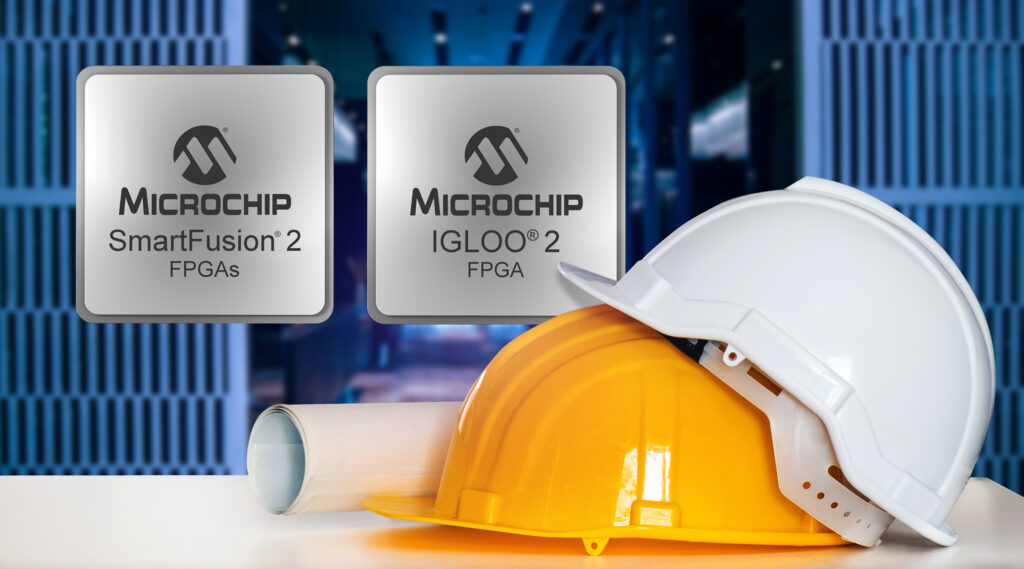SmartFusion® 2 and IGLOO® 2 FPGAs now add IEC 61508 certification to their Single Event Upset (SEU) mitigation benefits

Systems used in many high-reliability commercial aviation, space, defense, automotive and industrial applications require certification to the IEC 61508 Safety Integrity Level (SIL) 3 functional safety specification. To reduce the cost of this process and accelerate time to market for system developers, Microchip Technology Inc. (Nasdaq: MCHP) continues to certify its products and tools to industry safety specifications and has now added IEC 61508 SIL 3 certification packages for two more of its System-on-Chip (SoC) FPGA and FPGA families.
“Microchip FPGA families have a broad and historically strong position within the industrial market and are recognized for the high reliability and security of our nonvolatile FPGA technologies,” said Bruce Weyer, corporate vice president of Microchip’s FPGA business unit. “We also have a long history of certifying our products and tools to IEC 61508 SIL 3 and other safety specifications so the end-equipment certification process for our customers is much easier. Adding these packages for our low-power-consumption SmartFusion 2 SoC FPGAs and IGLOO 2 FPGAs is a natural extension for industrial customers who design high-reliability products for the smart grid, automation controllers, process analyzers and other safety-critical applications.”
Microchip’s safety packages are built on top of the SEU-immune, Flash-based FPGA fabric
of the SmartFusion 2 and IGLOO 2 devices, and these FPGAs are certified by independent safety assessor TÜV Rhineland®. Package deliverables include certification of Microchip’s Libero® SoC Design Suite v11.8 Service Pack 4 and associated development tools, plus 28 Intellectual Property (IP) cores, safety manuals, documentation and device data sheets. A safety certificate from TÜV Rhineland is also provided.
Microchip also helps protect customers’ long-term certification investments through practicing customer-driven obsolescence where Microchip commits to build devices used in a certified system as long as customers want to order, and Microchip is able to obtain all sub-elements of a device. This increases confidence that certification will not need to be repeated while also reducing the risk that a part will unexpectedly enter end of life and force redesign or tool flow changes.






